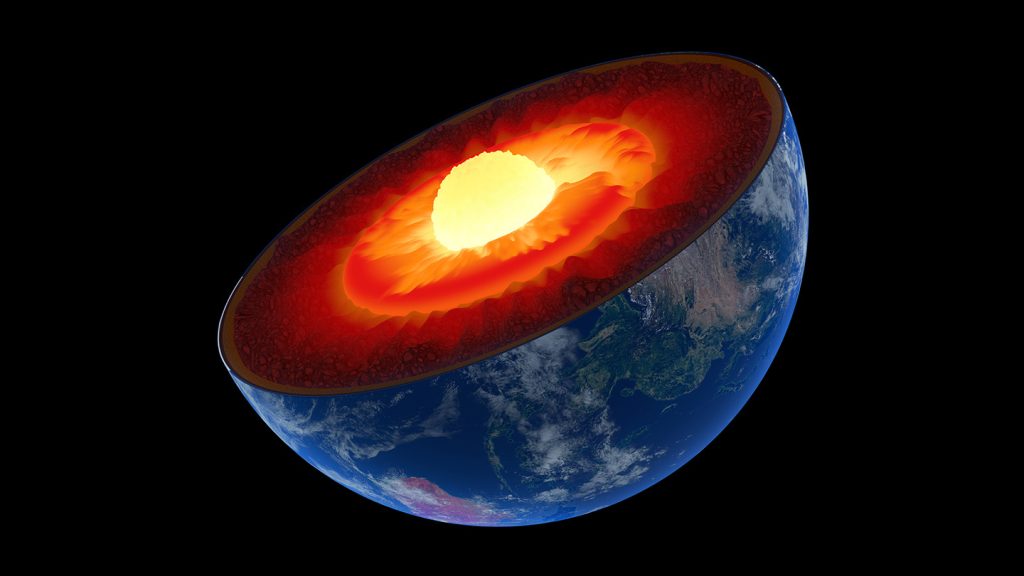The Earth’s inner core has been rotating slower than the mantle and surface since 2010, sparking debate among researchers about a possible reversal in its rotation. This phenomenon may occur every 35 years or so, suggesting that something has been interfering with the most recent turnaround. The new study confirms the previous controversial finding and indicates that the inner core may have encountered an obstacle that slowed its rotation upon reversal.
In an analogy with vehicles driving together, the inner core’s rotation relative to the mantle and surface may appear reversed from different perspectives, causing confusion among researchers. The study suggests that the inner core appears to be rotating in the opposite direction as it was a couple of decades ago, leading to a lack of consensus in the scientific community. The 2023 study sparked controversy, with some researchers arguing that the rotation data could be explained by the shifting shape of the inner core’s surface or shorter period fluctuations.
The latest study analyzed repeating earthquakes near Antarctica from 1991 to 2023, focusing on seismic waveforms to determine the inner core’s rotation. By comparing waveforms from different time periods, the researchers found matches that indicated the inner core’s rotation had flipped sometime around 2008 and proceeded to rotate in a different direction at a slower rate. The deformation of the inner core due to gravitational pull from the mantle may be causing this deviation, influencing the inner core’s oscillation.
Despite conflicting views on the inner core’s rotation, researchers are converging on the idea that it fluctuates over time. The varying perspectives indicate a need for more data and observations to uncover the truth about the inner core’s rotation. Geophysicists believe that the ultimate truth may lie somewhere in between the diverging opinions, stressing the importance of continued research and data collection to reach a definitive conclusion.
Future studies may shed more light on the inner core’s rotation, with the possibility of reentering a vigorous part of the cycle revealing more about its behavior. By monitoring the inner core over the next decade, researchers hope to gain a better understanding of its rotation and oscillation patterns. This ongoing research aims to uncover the mysteries of the Earth’s inner core and provide valuable insights into the dynamics of our planet’s interior.


